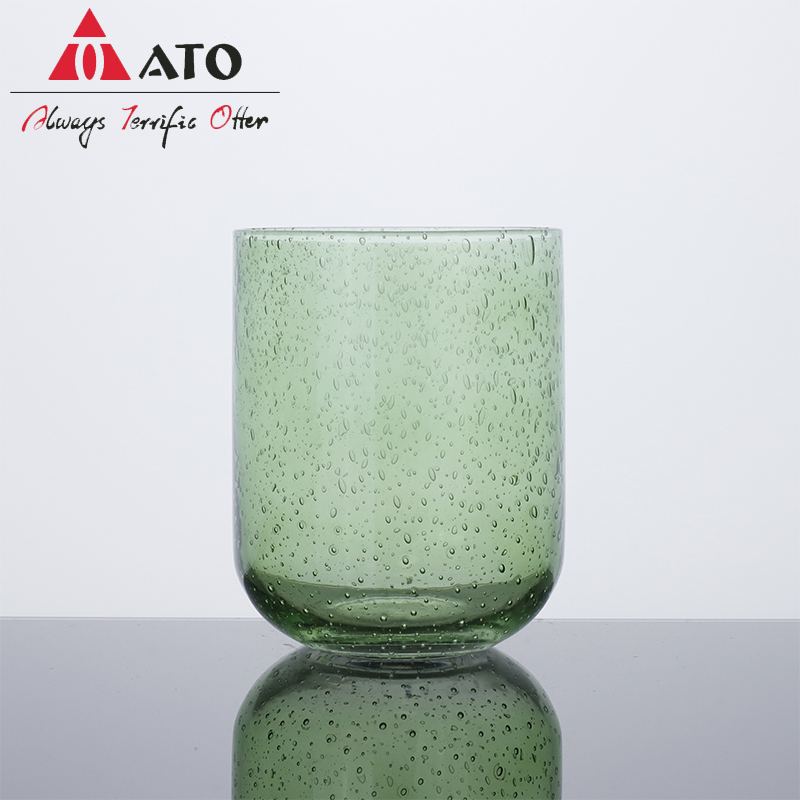In recent years, the large-format digital printing industry has experienced significant growth. Through continuous industrial restructuring and mergers among major companies, the sector has evolved from a niche market into a mature and stable industry in under two decades. While the number of companies has decreased over time, new players have emerged, keeping the market dynamic. Notably, companies like Agfa and Yumu remain active and have established themselves as key players in the large-format digital printing space.
Meanwhile, traditional screen printing, once the dominant technology in visual communication, has seen its market share shrink. Lacking innovation and struggling to adapt to modern demands, it has gradually transitioned into a supporting role. However, its cost-effectiveness ensures that it still holds a place in the market, especially for budget-conscious clients.
One of the biggest challenges facing the large-format printing industry is the rise of electronic displays powered by flexible electronics. Although these digital signage solutions have been competing with printed materials for some time, their market penetration has been limited. In the long run, flexible electronic displays may better meet customer needs, but ironically, digital printing—after years of refinement—has already replaced traditional methods. Now, it faces a new competitor: electronic displays. For these displays to truly challenge printed media, cost remains the primary barrier.
The global economic crisis of 2008 hit the screen printing market harder than the digital printing sector. Western screen printing companies saw sharp declines in shipments, and many abandoned investments in older technologies. However, after the economic recovery in 2010, the overall printing market rebounded, even surpassing pre-crisis levels. Although screen printing's market share continues to decline, the rate of decline has slowed considerably.
According to Smithsonian Pino International, the shift from traditional to digital printing will continue for several more years. By 2017, the market share of screen printing is expected to drop from 30% in 2011 to 22%, while its share of ex-factory prices will fall from 36% to 24%. This transformation is driven largely by the advantages of digital printing: shorter setup times, lower costs, faster response, consistent quality, and a fully integrated digital workflow. As reliability, efficiency, and affordability improve, more customers are choosing digital solutions, further expanding the reach and scale of the digital printing market.
Regionally, the shift from screen printing to digital technology has been most pronounced in Western Europe. These countries have been more proactive in adopting environmentally friendly technologies such as UV-curable inkjet and latex resin printers. While other regions are also moving toward digitization, they are still lagging behind. In North America, where screen printing has been widely used since the 1960s and 1970s, the adoption of digital technology has been slower. High-volume printing and low demand for personalized products have kept traditional methods relevant. However, as digital technology advances and market demands evolve, Western Europe is becoming a hub for the next generation of UV and latex ink printers, leading to a steady decline in screen printing usage and a rise in digital equipment.
A short glass cup is a small drinking vessel typically made of glass. It is shorter in height compared to other glass cups and is often used for serving beverages such as water, juice, or cocktails. The size of the cup may vary, but it is generally designed to hold a smaller amount of liquid compared to taller glass cups or tumblers. Short glass cups are commonly used in homes, restaurants, bars, and cafes.

Liquor cup,Whisky glass,Short glass
Xi'an ATO International Co., Ltd , https://www.ato2008.com